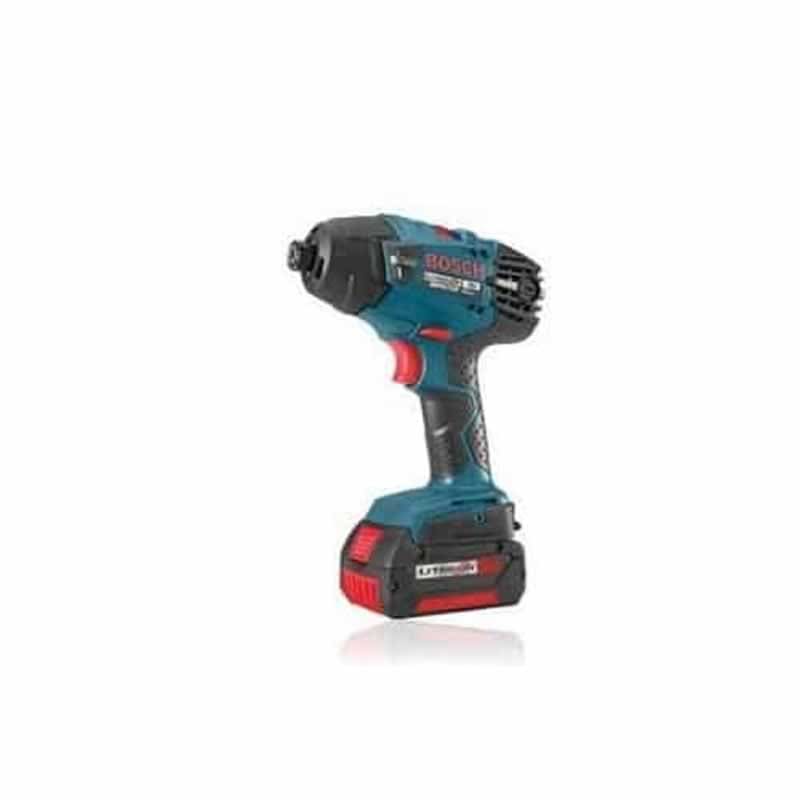“Toss me that clamp!”, is something you might commonly hear when working in a wood shop. Using clamps is like having extra hands. They let you position a piece of material exactly where you want and fasten it in place. You can assemble something temporarily for marking or tracing or just for checking fit. Some do specific duties and some are more general but whatever the use, clamps are invaluable to have in your shop. Or on your Christmas list!

There are so many types of clamps that can be used for different jobs and it is important to understand each clamps function. This is Woodworking is the place where you can find each and every type of clamp for each and every different job!
When gluing up panels, a bar or pipe clamp is best suited for the job. They consist of a movable end that adjusts on a long bar or pipe and a stationary end with a pad attached to screw. Bar clamps are commonly available in lengths from 4” to 8′-0”. Pipe clamps are made to fit 1/2” or 3/4” pipe and so you can make a clamp as long as your longest available pipe! Since they are capable of long spans, they are great for edge gluing things like table tops or doors. Clamp them down and walk away while the glue dries.

Quick clamps are a variety of bar clamp with a pistol grip activated pressure pad. They are handy and fast to adjust but can lack clamping pressure.

C-clamps utilize a a C shaped body, one end with a stationary pad and the other end with a swivel pad connected to a screw and handle. By turning the screw you can adjust the clamping pressure. Hand screw clamps have 2 wooden jaws connected by 2 threaded rods. Adjusting these screws will adjust the spacing between the jaws and the pressure. You can make these un-parallel for better work holding or fine tuning of the clamping pressure. Use either of these clamps when you need a 3rd hand, like holding something to a table or bench.

A spring clamp has 2 jaws connected by a pivot and a spring. It’s kind of like an overgrown clothes pin. Sizes vary but usually range in capacity from 1”-3”. There is no adjustment of pressure on this style clamp, however they are great for holding material when scribing lines, tracing or dry fitting.

Vise clamps encompass a whole family of clamps. Resembling over sized locking pliers the length and depth of the jaws are available in different sizes depending on the desired clamping depth. They clamp together when you squeeze the handles and there is an adjustment screw for sizing and pressure. These are very handy for holding material that you want to fasten together.

Toggle clamps encompass an enormous variety of configurations and sizes. They are perfect for repetitive jobs like holding material in a jig. They have a handle and adjustable pad. The pad can move in the direction of the handle or opposing it, depending on the type.

Pinch, miter, corner and strap clamps all work by holding an outside corner together while glue joint dries. Most of these are designed to work with a 90 degree corner.

A strap clamp will work with a variety of angles, circles and irregular shapes. It has a long nylon strap that wraps around your shape and a screw or ratchet to pull it tight.

There is no overall, grand champion clamp. All are useful and needed. Having a variety of clamps is the best way to stock your shop. You might even add a few with each new project, because there is no such thing as too many clamps.







Wonderful presentation of clamps! And so true, where’s a clamp when you need it!